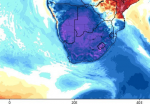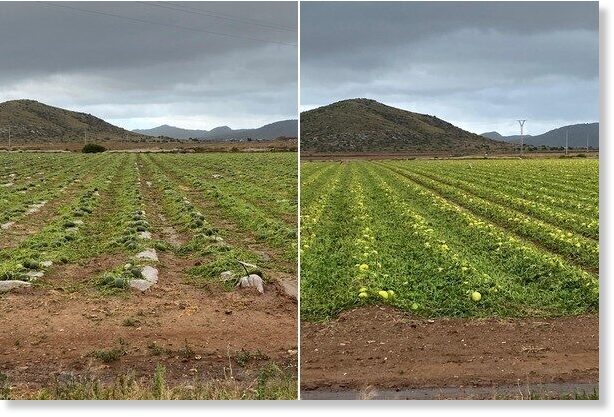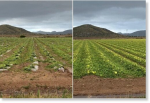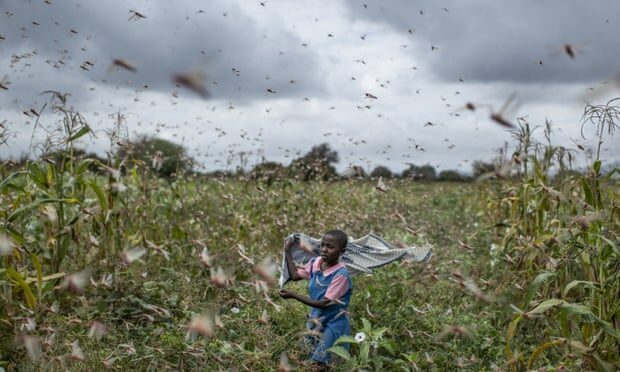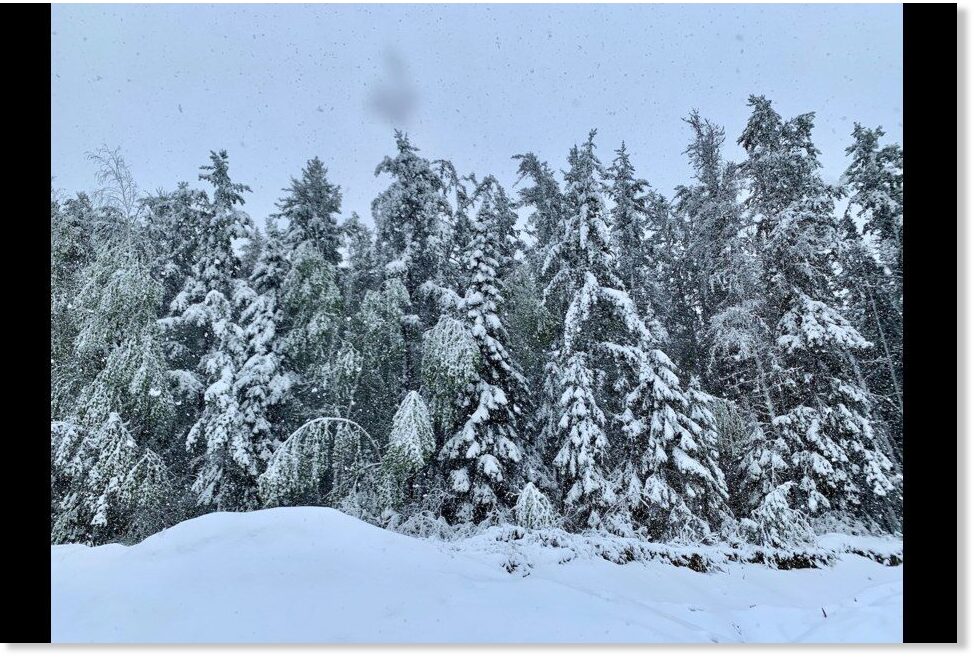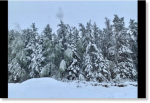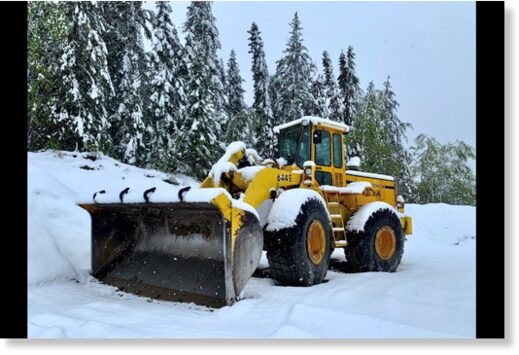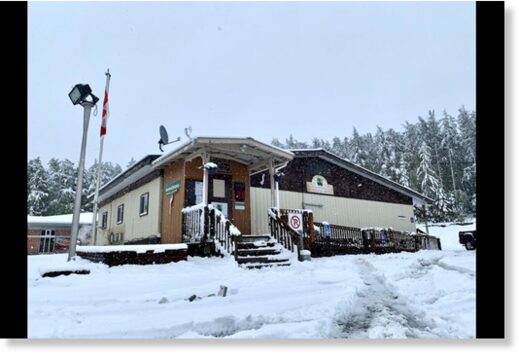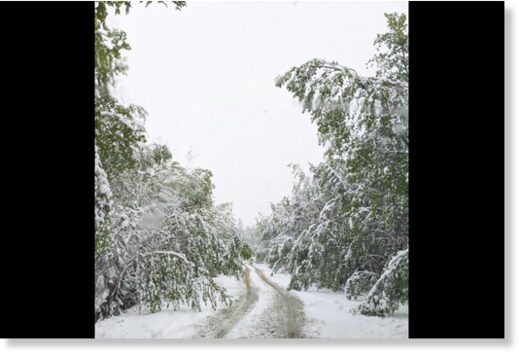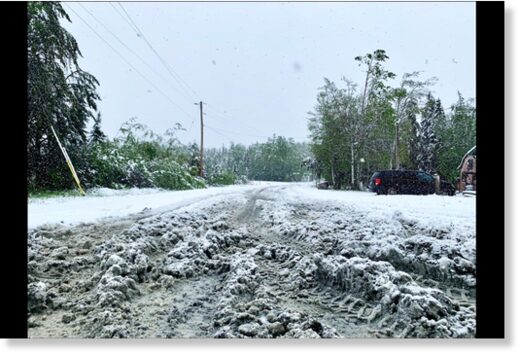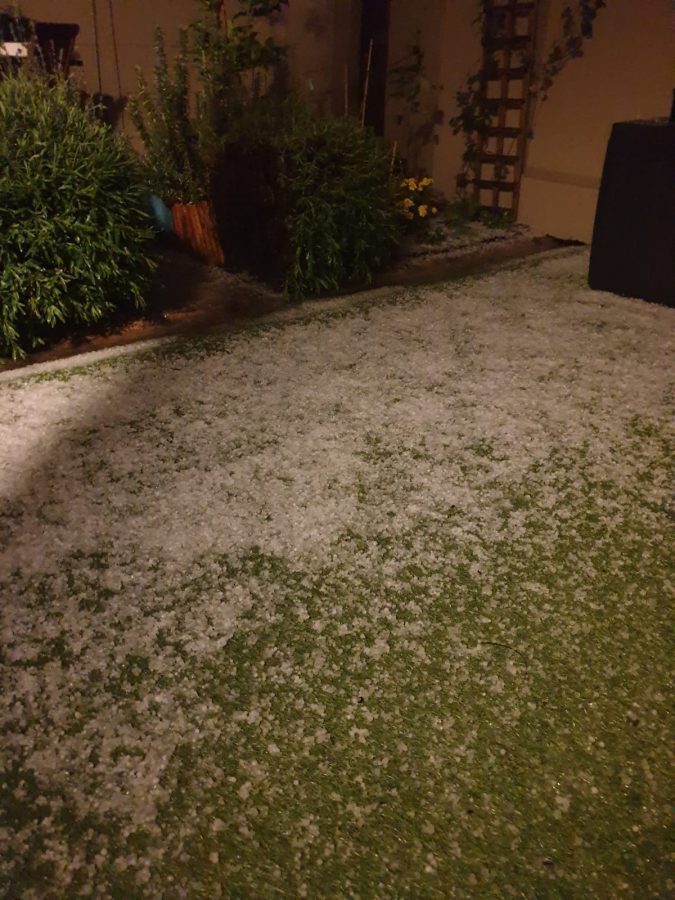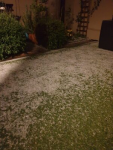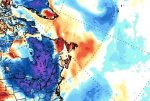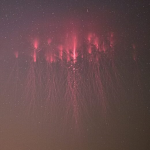"From 1650 to 1710, temperatures across much of the Northern Hemisphere plunged when the Sun entered a quiet phase now called the Maunder Minimum" -- NASA.

electroverse.net
 NASA, 2001: “Low Solar Activity = Global Cooling”
June 13, 2020 Cap Allon
It appears scientific objectivity and a quest for the truth were once permitted, perhaps even encouraged in US government agencies.
NASA, 2001: “Low Solar Activity = Global Cooling”
June 13, 2020 Cap Allon
It appears scientific objectivity and a quest for the truth were once permitted, perhaps even encouraged in US government agencies.
Back in 2001, NASA researchers found a strong correlation between
low solar activity (namely the Maunder Minimum) and
global cooling (namely disruptions to the ozone which impact the jet stream).
Many things can reduce the temperature on Earth, asserts the opening lines of a now
archived NASA article —
so we’re already treading on potentially “content-removing-ground” here Facebook and Twitter, as this logical contention runs against all modern IPCC reports— including an erupting volcano swathing the Earth with bright haze that blocks sunlight, and a
drop in solar activity.
From 1650 to 1710, temperatures across much of the Northern Hemisphere plunged when the Sun entered a quiet phase now called the Maunder Minimum. During this period, very few sunspots appeared on the surface of the Sun, and the overall brightness of the Sun decreased slightly.
Europe and North America went into a deep freeze: alpine glaciers extended over valley farmland; sea ice crept south from the Arctic; and the famous canals in the Netherlands froze regularly—an event that is rare today.
A team of NASA scientists, led by Drew Shindell at the NASA Goddard Institute for Space Studies, set out to discover how low solar activity could cause such a dramatic cooling. The researchers’ first task was to create the
Maunder Minimum Temperature Map in order to work out exactly how cold it got:

Shindell et al., 2001.
By combining temperature records gleaned from tree rings, ice cores, corals, and the few measurements recorded in the historical record, Shindell and his team clearly illustrate in this image the significant impact the Grand Solar Minimum had — the temperature difference between 1680, a year at the center of the Maunder Minimum, and 1780, a year of normal solar activity, as calculated by a general circulation model, is stark.
Deep blue across eastern and central North America and northern Eurasia illustrates where the drop in temperature was the greatest. Nearly all other land areas were also cooler in 1680, as indicated by the varying shades of blue. The few regions that appear to have been warmer in 1680 are Alaska and the eastern Pacific Ocean (left), the North Atlantic Ocean south of Greenland (left of center), and north of Iceland (top center)
— the similarities with today are startling.
However, energy from the Sun decreased only slightly during this time — even in the deepest depths of the Maunder Minimum, solar irradiance hit a low of approx. 1,363 W/m2 from its pre-minimum high of approx. 1,367 W/m2 — not a tremendous difference,
so why did temperatures drop so severely across the Northern Hemisphere?
To answer that crucial question, Shindell and his team took the amount of energy coming from the Sun during the Maunder Minimum and entered it into a general circulation model. The model is a mathematical representation of the way various Earth systems—ocean surface temperatures, different layers of the atmosphere, energy reflected and absorbed from land, and so forth—interact to produce the climate.
When the model started with the decreased solar energy and returned temperatures that matched the paleoclimate record, Shindell and his colleagues knew that the model was showing how the Maunder Minimum could have caused the extreme drop in temperatures. The model revealed that the drop in temperature was related to ozone in the stratosphere, the layer of the atmosphere that is between 10 and 50 kilometers from the Earth’s surface. Ozone is created when high-energy ultraviolet light from the Sun interacts with oxygen. During the Maunder Minimum, the Sun emitted less strong ultraviolet light, and so less ozone formed. The decrease in ozone affected planetary waves, the giant wiggles in the jet stream that we are used to seeing on television weather reports.
The change to the planetary waves kicked the North Atlantic Oscillation (NAO)—the balance between a permanent low-pressure system near Greenland and a permanent high-pressure system to its south—into a negative phase. When the NAO is negative, both pressure systems are relatively weak. Under these conditions, winter storms crossing the Atlantic generally head eastward toward Europe, which experiences a more severe winter. (When the NAO is positive, winter storms track farther north, making winters in Europe milder.)
The model results illustrate that the NAO was more negative on average during the Maunder Minimum, and Europe remained unusually cold.
These results matched the paleoclimate record exactly.
The Modern “Eddy” Grand Solar Minimum
With the Sun once again shutting down,
relatively, another solar-induced global cooling event is staring us all down.
The years between 1650 to 1710 were a tough time to be alive. The Maunder Minimum effectively extended the winter months, delivering what was often an Arctic climate to the mid-latitudes. Summer snow became commonplace, and with the associated frosts came the destruction of many a harvest. Food shortages soon led to civil unrest, which in turn quickly led to famine and the removal of the fragile veil that is society — chaos ensued.


Heed the warnings of the past.
Don’t fall for the bogus
warm-mongering political agenda of the day — political bodies don’t have your back.
Prepare for the COLD — learn the facts, relocate if need be, and grow your own.
The
COLD TIMES are returning, the lower-latitudes are
REFREEZING, in line with
historically low solar activity,
cloud-nucleating Cosmic Rays, and a
meridional jet stream flow.
Even our pals NASA appear to agree, with their forecast for this upcoming solar cycle
(25) seeing it as “
the weakest of the past 200 years”:

















